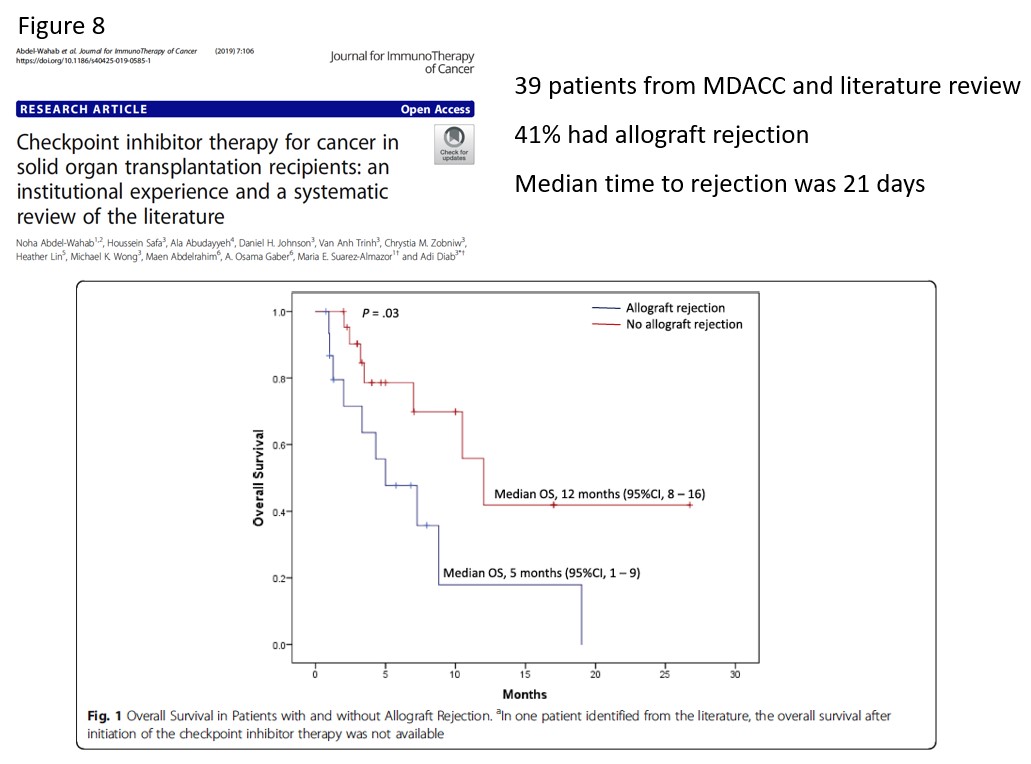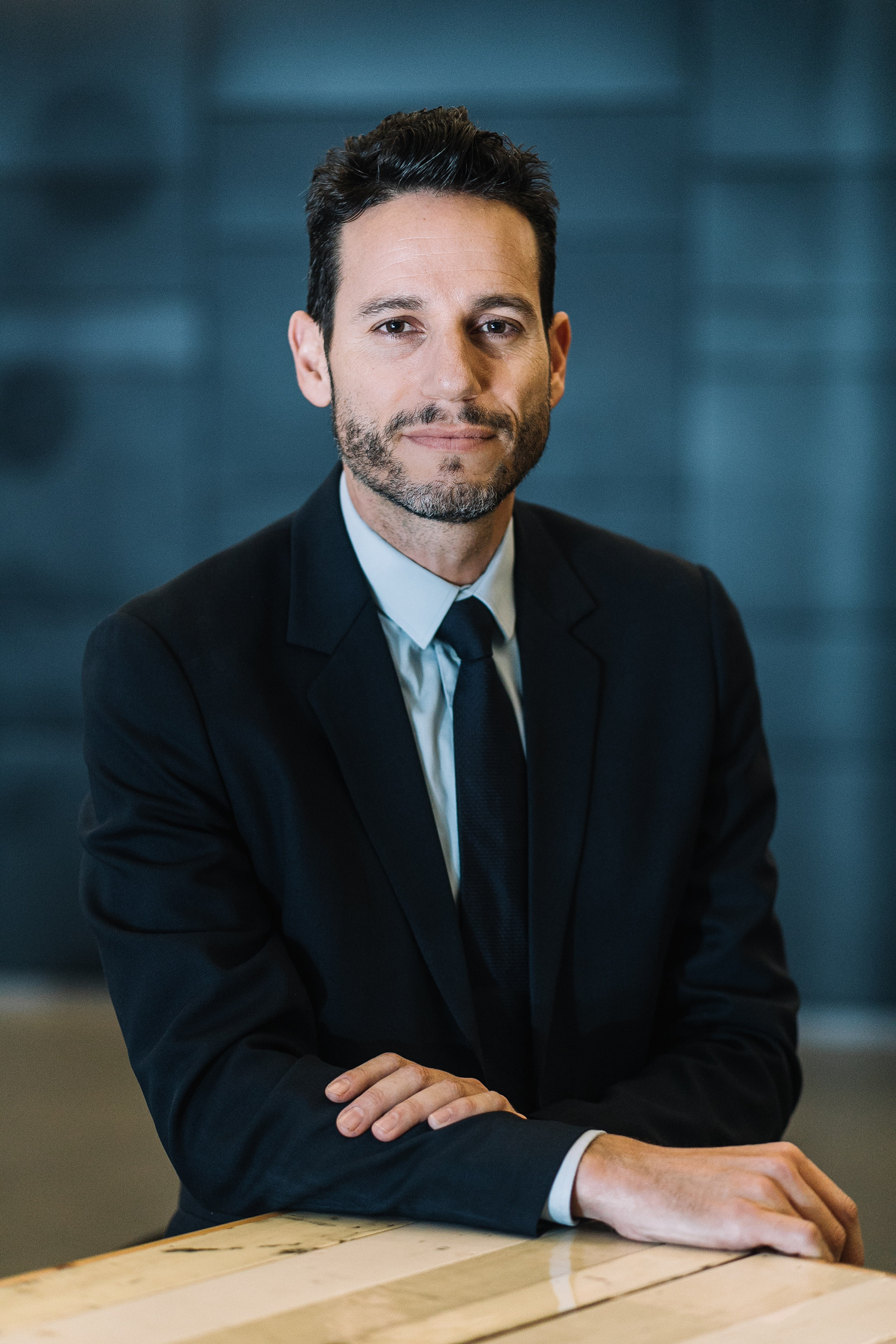Cutaneous Malignancies in the Organ Transplant Population
Case A 68 y/o man with a history of kidney transplantation on Tacrolimus and prednisone treatment. Several months prior to his presentation he underwent excision of a Rt temple skin lesion by a plastic surgeon. Pathology revealed a 4 mm SCC with evidence of PNI and free surgical margins. No further treatment or follow-up was …


